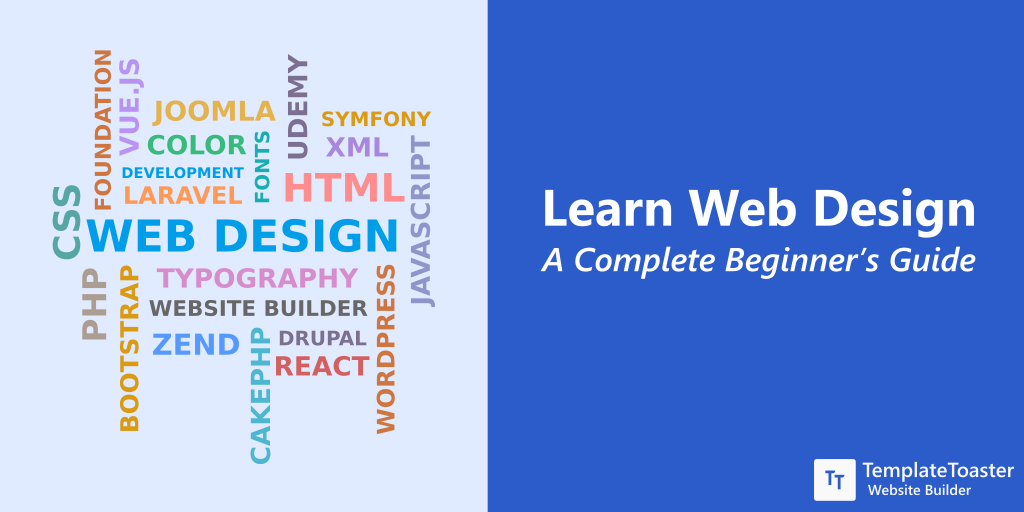The Importance of User Experience in Effective Web Design Strategies
The Importance of User Experience in Effective Web Design Strategies
Blog Article
Understanding Customer Experience: Secret Concepts for Effective Web Design
In the world of website design, recognizing user experience (UX) is critical to developing systems that not just draw in yet additionally preserve users. Key concepts such as instinctive navigating and effective comments mechanisms play critical duties in promoting customer satisfaction. Furthermore, considerations for ease of access guarantee that all customers can involve with the web content seamlessly. Nevertheless, the nuances of aesthetic style and the relevance of iterative screening usually continue to be forgotten. As we check out these foundational components, it comes to be apparent that mastering UX is not merely an alternative but a need for success. What are the ramifications of disregarding these principles?
Significance of Individual Experience

In the realm of internet layout, one can not ignore the importance of individual experience (UX) as a pivotal aspect that straight affects the success of an internet site. When individuals encounter a user-friendly and interesting user interface, they are more likely to discover the web content, transform into clients, or share their experiences with others.
Additionally, the relevance of UX extends beyond plain aesthetic appeals. It incorporates the overall performance of a web site, making sure that navigation is smooth and information is quickly available. Internet sites that prioritize UX are typically regarded as even more credible and trustworthy, which can have an extensive influence on conversion prices. In contrast, bad UX can bring about frustration, causing high bounce prices and lost opportunities.
Inevitably, purchasing user experience is not simply a style choice; it is a critical decision that can differentiate a brand name in a crowded market. By concentrating on UX, organizations can produce meaningful interactions that resonate with users, leading the way for sustained success in the electronic landscape.
Usability Principles
Efficient website design rests on the application of key usability concepts that ensure a web site is both user-friendly and functional. Central to these principles is the idea of intuition, where customers can browse the site easily without extensive instruction. Clear navigation structures, including consistent formats and well-labeled food selections, improve this user-friendly experience, permitting users to locate info quickly.

Consistency is just as crucial; preserving uniformity in design aspects, terms, and procedures across the site assists to lessen confusion. Customers should not have to relearn exactly how to engage with various sections of the internet site.
Additionally, mistake prevention and recuperation are crucial for usability. Websites must be made to lessen the opportunity of individual errors, and when errors happen, positive and clear mistake messages ought to assist users towards resolution.
Ease Of Access Factors To Consider
Making sure ease of access in website design is extremely important for producing comprehensive digital experiences that deal with all customers, including those with disabilities. Ease of access factors to consider involve designing web sites that fit varied requirements, allowing individuals with visual, auditory, cognitive, or electric motor impairments to navigate and connect properly.
To accomplish this, web designers need to abide by developed guidelines, such as check these guys out the Internet Material Ease Of Access Guidelines (WCAG) These standards provide a framework for making content perceivable, operable, easy to understand, and durable. Secret methods include making certain enough color contrast, supplying message choices for non-text material, and ensuring keyboard navigability.
Furthermore, semantic HTML ought to be made use of to boost display viewers compatibility, enabling users with visual impairments to comprehend the structure and significance of web content without effort. web design. Providing clear, succinct directions and utilizing straightforward language can additionally enhance usability for individuals with cognitive impairments
Regular access testing, involving actual users with handicaps, is necessary to determine barriers and improve the user experience. By prioritizing availability, web designers not just follow lawful criteria however additionally promote a more fair electronic landscape, eventually benefiting every person with boosted usability and interaction.
Visual Design Aspects
A myriad of aesthetic style components plays a critical duty in forming customer assumptions and experiences on a web site. These components consist of color plans, typography, whitespace, images, and layout, each adding to the general visual appeal and performance of a website.

Color pattern stimulate feelings and can affect user activities; for circumstances, warm colors might develop a feeling of seriousness, while trendy colors often advertise calmness. Typography, on the other hand, influences readability and can develop a brand's personality - web design. The option of font style and size must straighten with the site's objectives and target market
Imagery, consisting of symbols and pictures, enhances storytelling and can dramatically affect user involvement. High-quality visuals develop a feeling of professionalism and reliability, while poor-quality images might detract from the user experience.
Design and whitespace are similarly essential, as they lead individuals through the content. A well-structured format aids individuals find details quickly, while sufficient whitespace protects against clutter, assisting in an extra satisfying searching experience.

Examining and Version
Customer screening and iteration are fundamental parts of an effective internet design procedure. These methods allow designers to gather valuable responses from actual users, ensuring that the end product meets these details their needs and expectations. Customer screening includes observing just how genuine users interact with a web pop over to this site site, recognizing use issues, and understanding user habits. This straight responses is important in revealing discomfort points that might not be evident throughout the design phase.
Iteration, on the other hand, is the process of fine-tuning the layout based upon the insights obtained from customer screening. By making incremental adjustments and re-evaluating the style, teams can boost performance, enhance visual appeals, and optimize individual involvement. This intermittent method promotes a culture of constant enhancement, enabling designers to adjust to customer needs and arising fads successfully.
Furthermore, integrating both user testing and version right into the style process results in more enlightened decision-making and inevitably causes a much more user-centered product. By accepting these principles, web developers can develop extra user-friendly, engaging, and efficient experiences that reverberate with their target market, eventually driving greater individual fulfillment and retention.
Final Thought
In conclusion, individual experience is a critical element of efficient internet design, including functionality, access, and visual factors to consider. Continuous screening and version serve as important processes for identifying and addressing user pain points, making certain that web styles continue to be adaptable to evolving requirements.
In the realm of web design, comprehending individual experience (UX) is extremely important to developing systems that not only bring in yet also keep individuals.In the realm of internet layout, one can not underestimate the relevance of user experience (UX) as a pivotal aspect that straight influences the success of an internet site. User screening entails observing just how actual users engage with a website, recognizing usability problems, and recognizing user actions.In verdict, customer experience is a vital component of effective internet layout, incorporating use, access, and visual considerations. Continual testing and model offer as vital procedures for resolving and determining user pain points, guaranteeing that web styles remain adaptable to developing demands.
Report this page